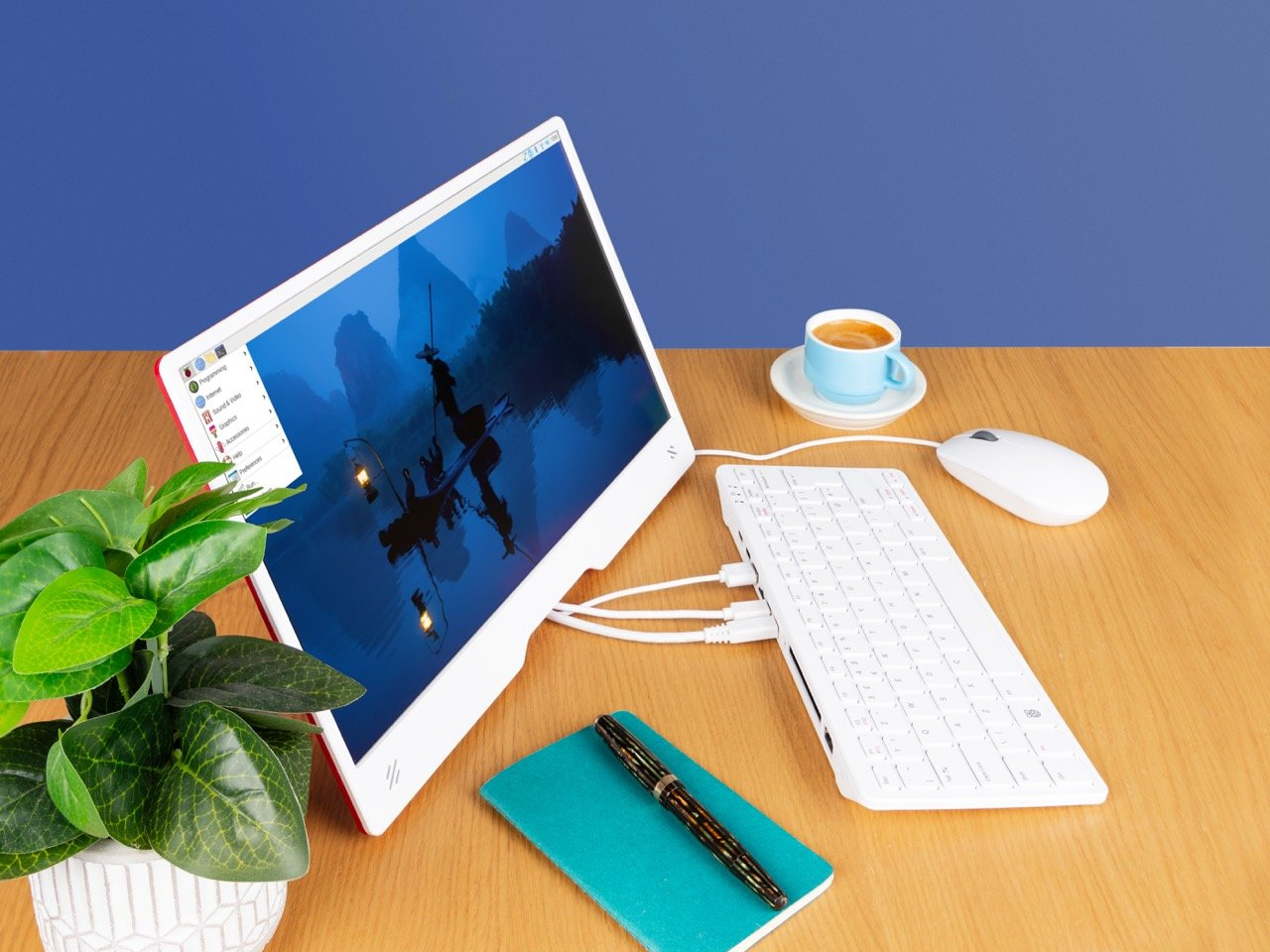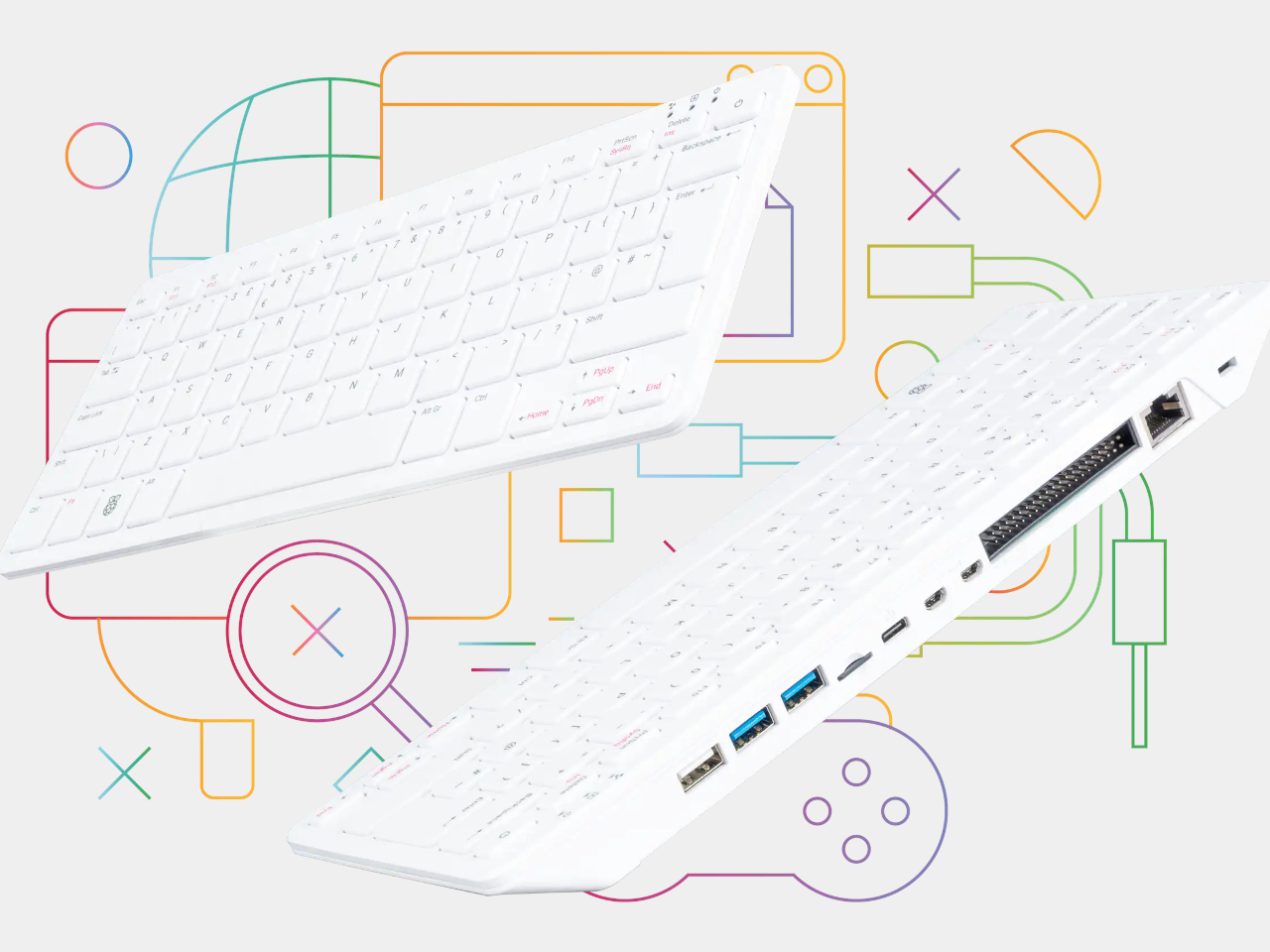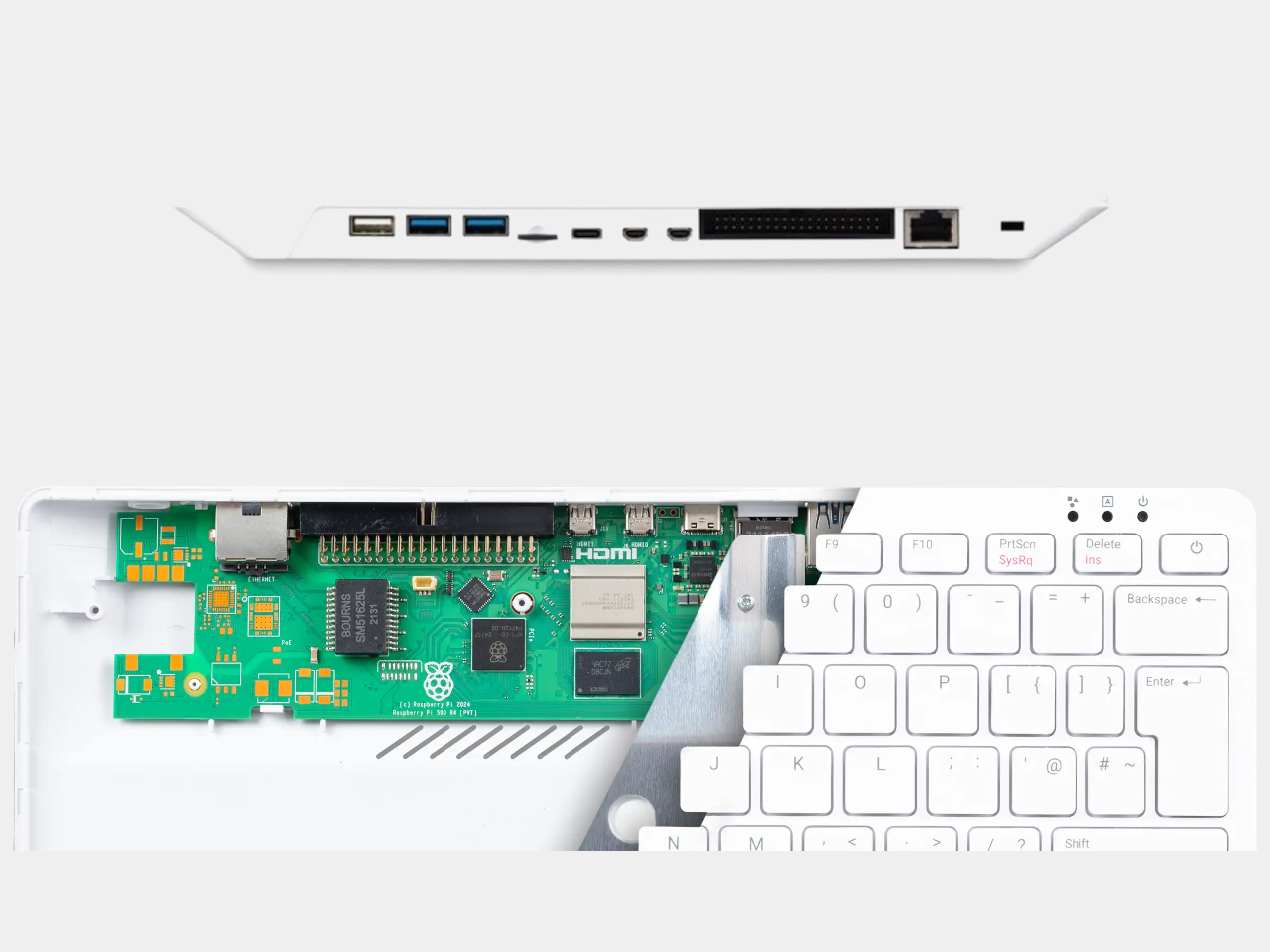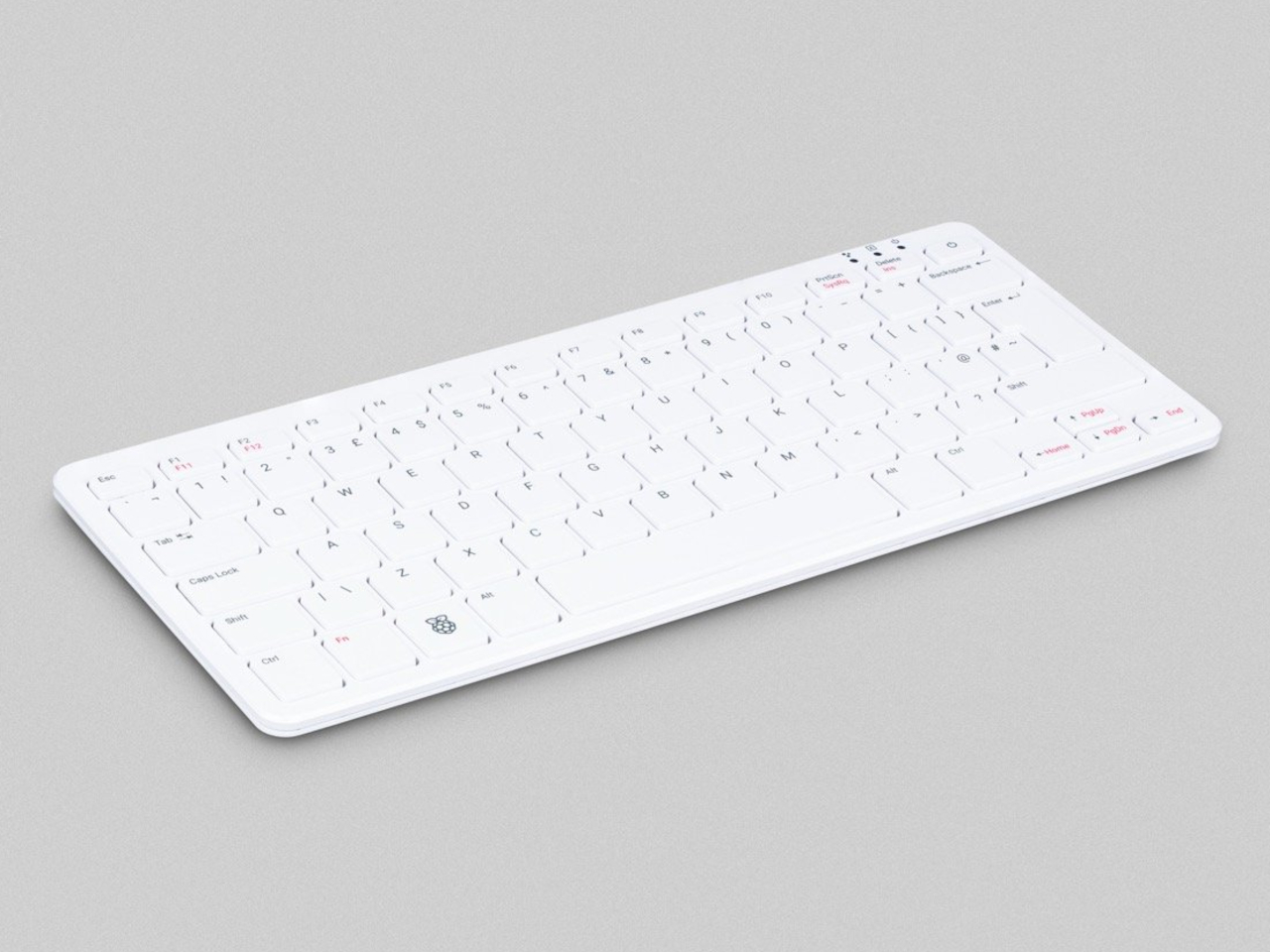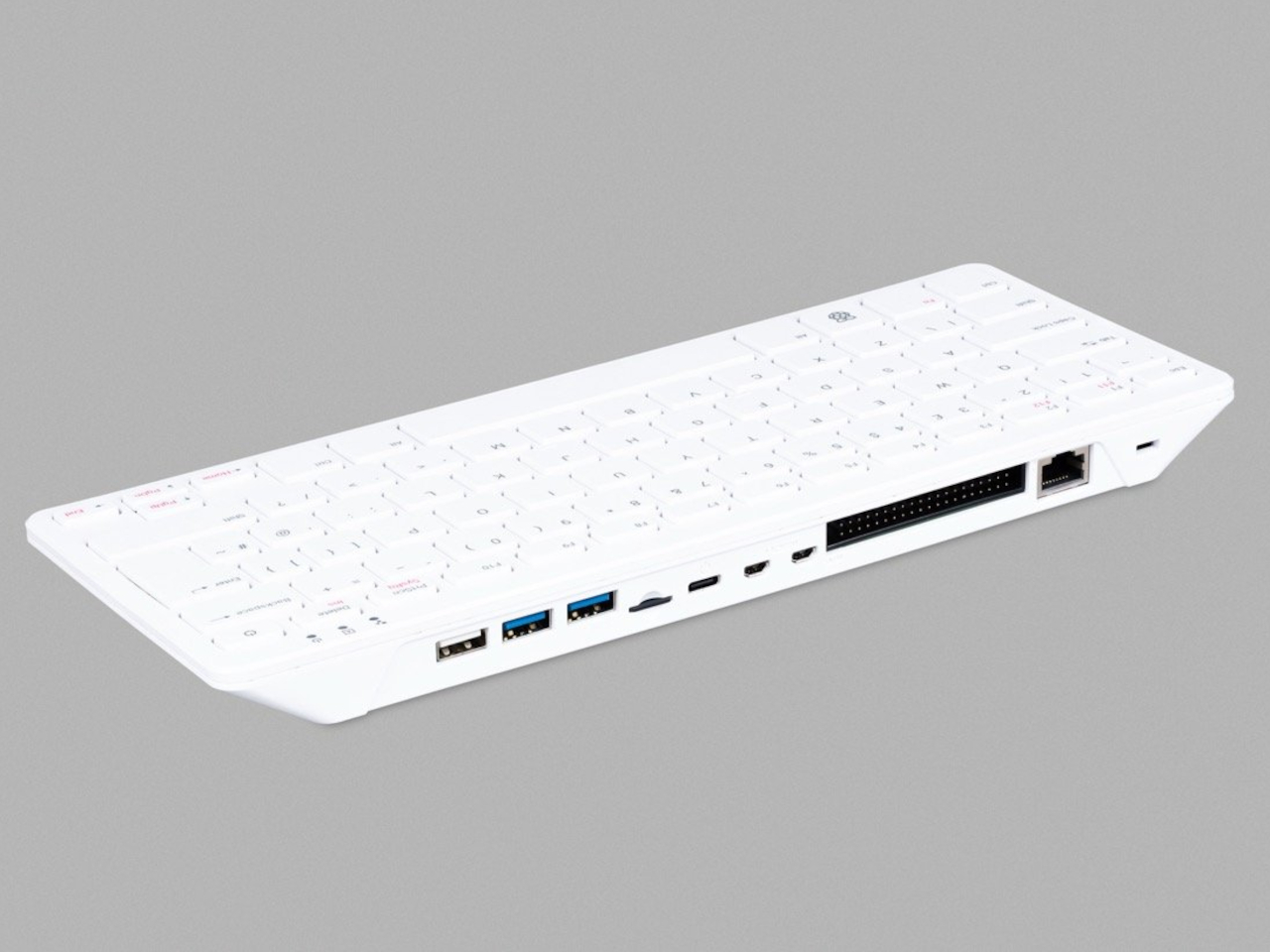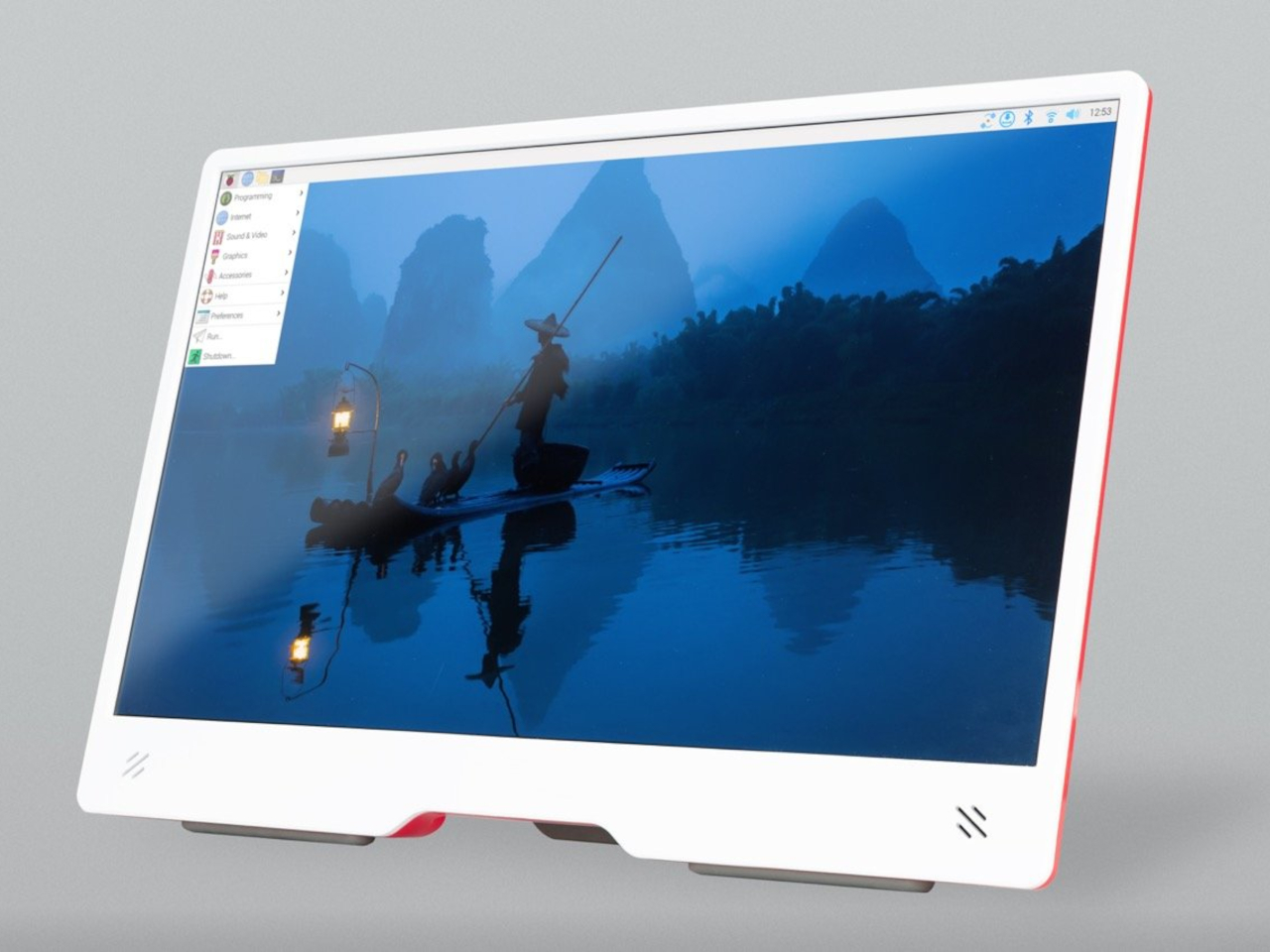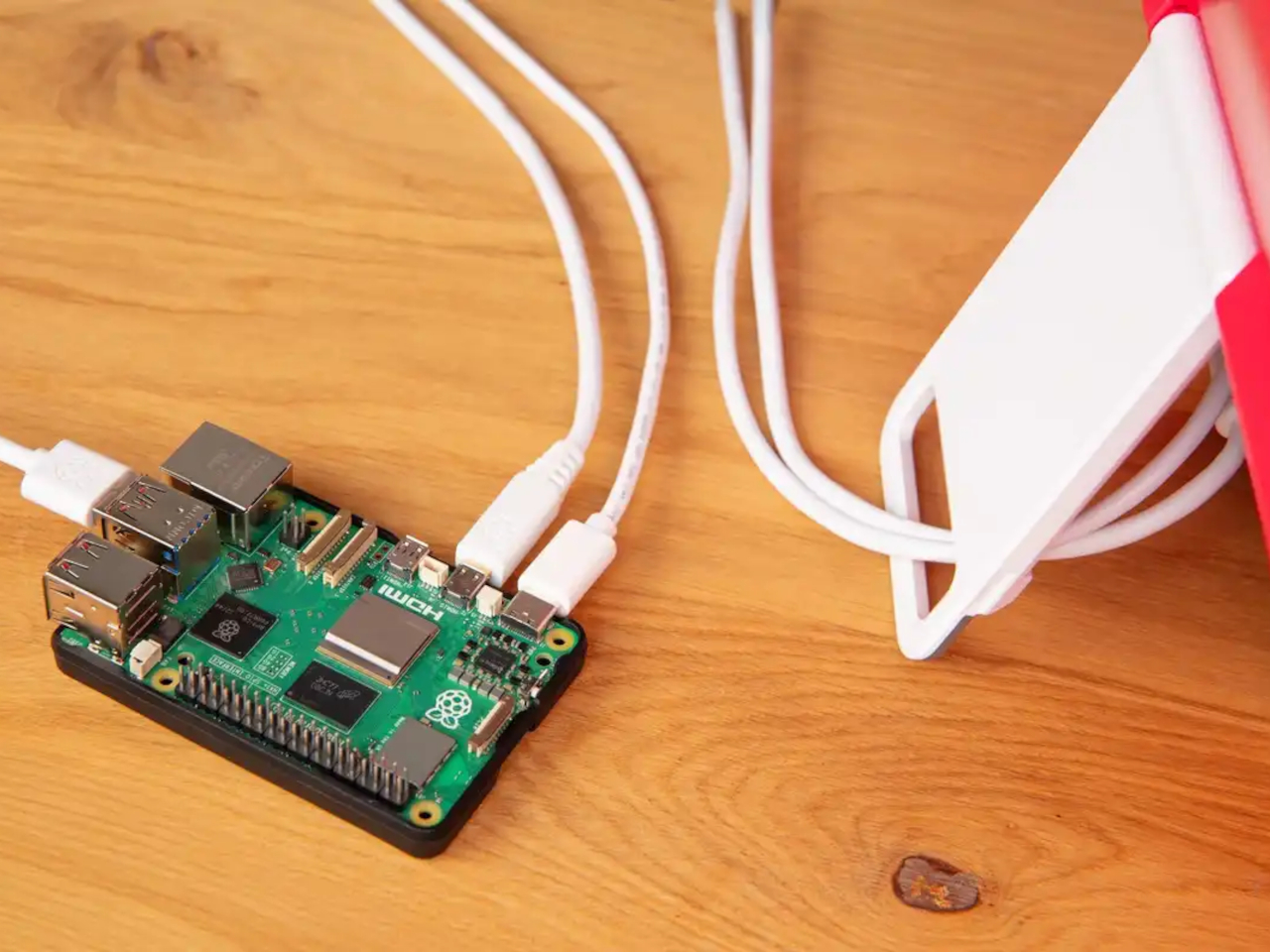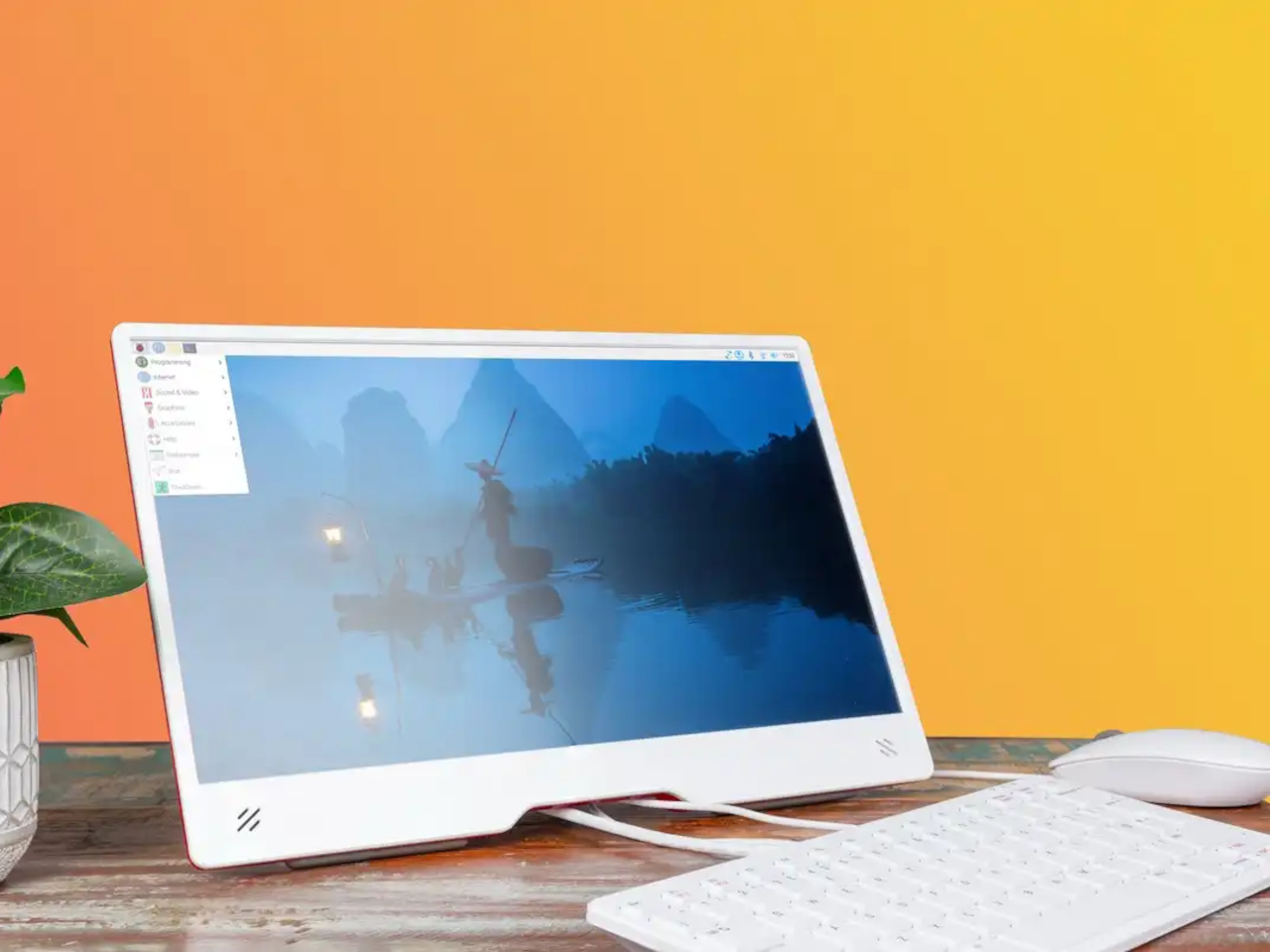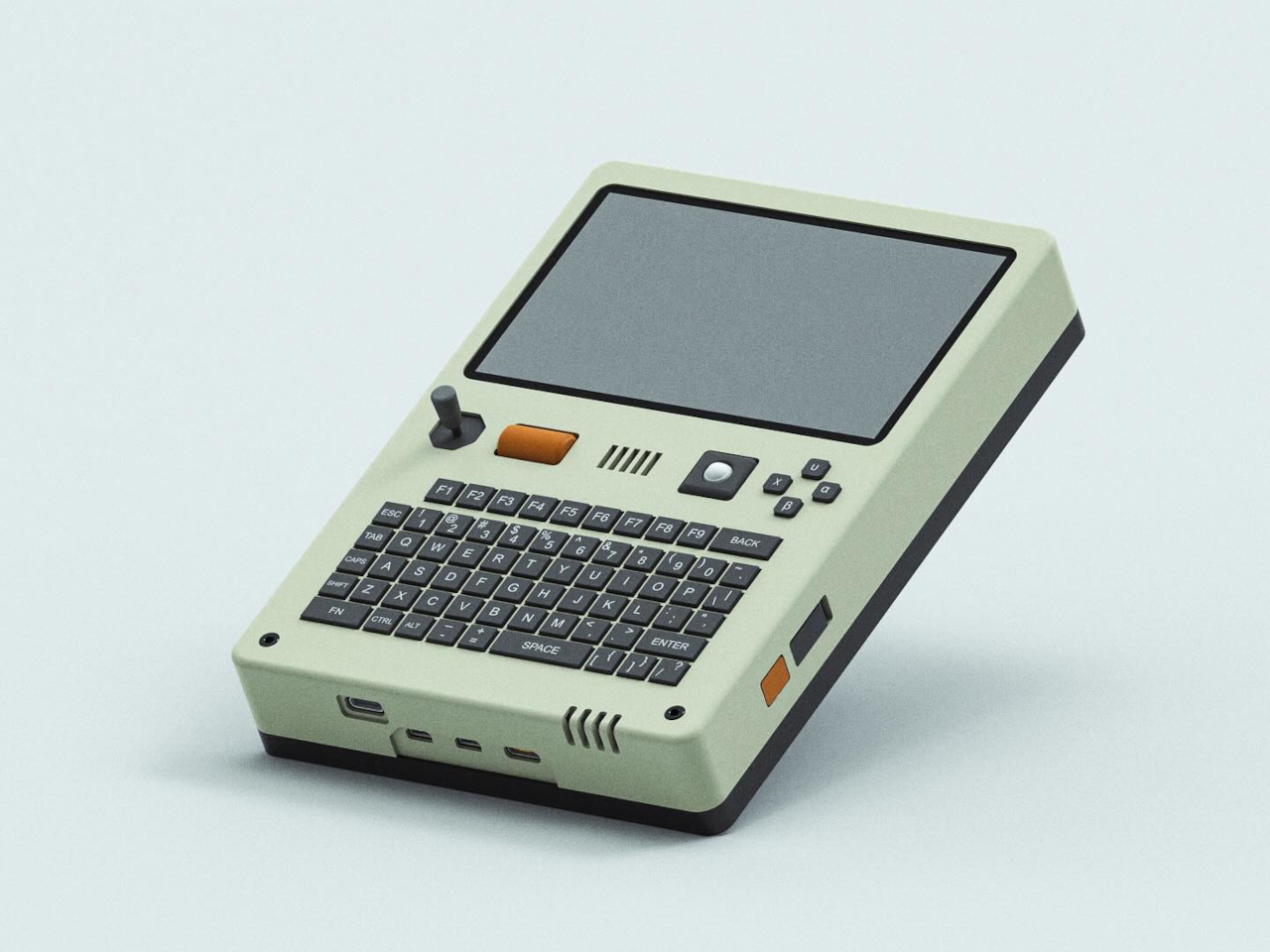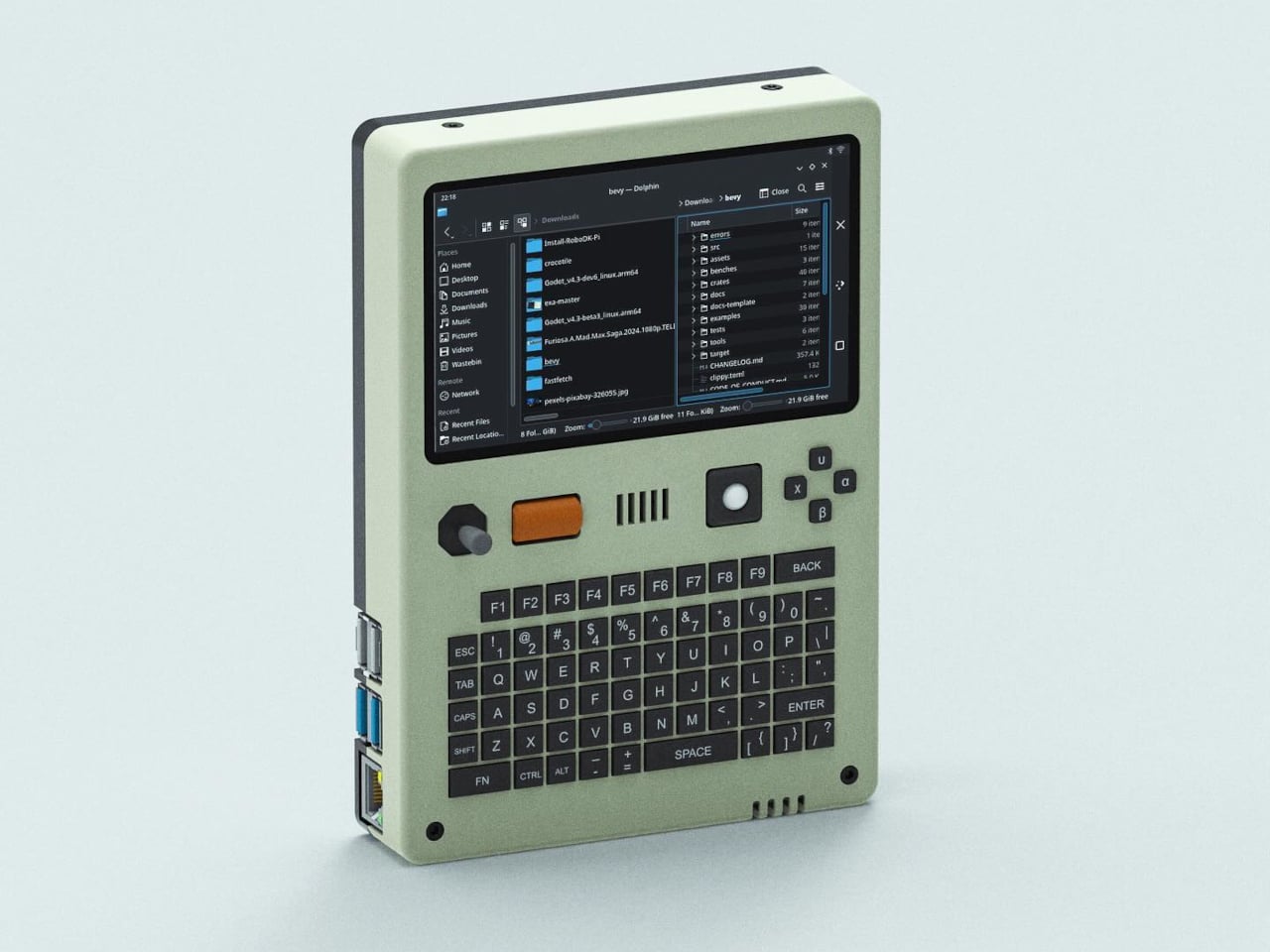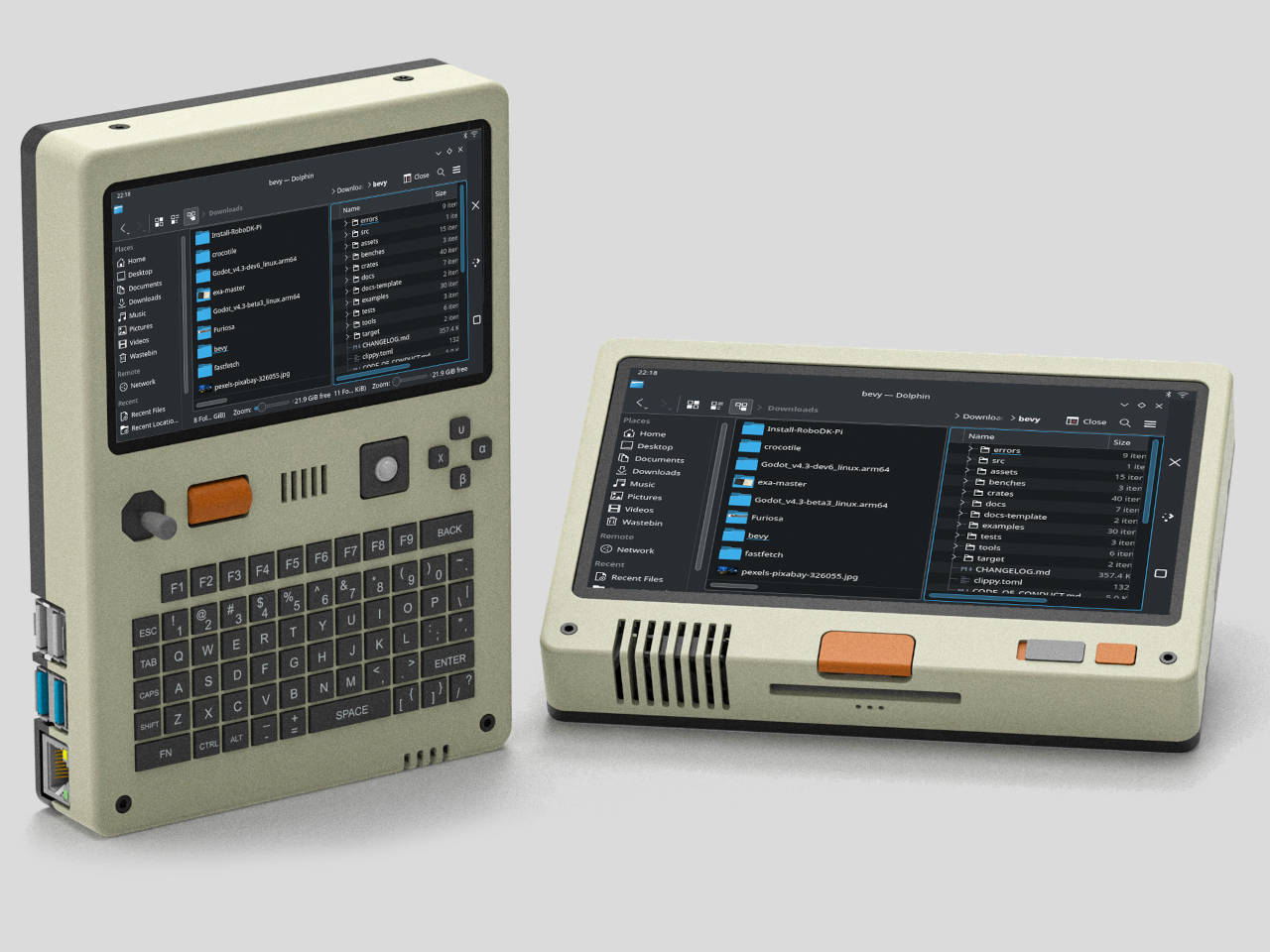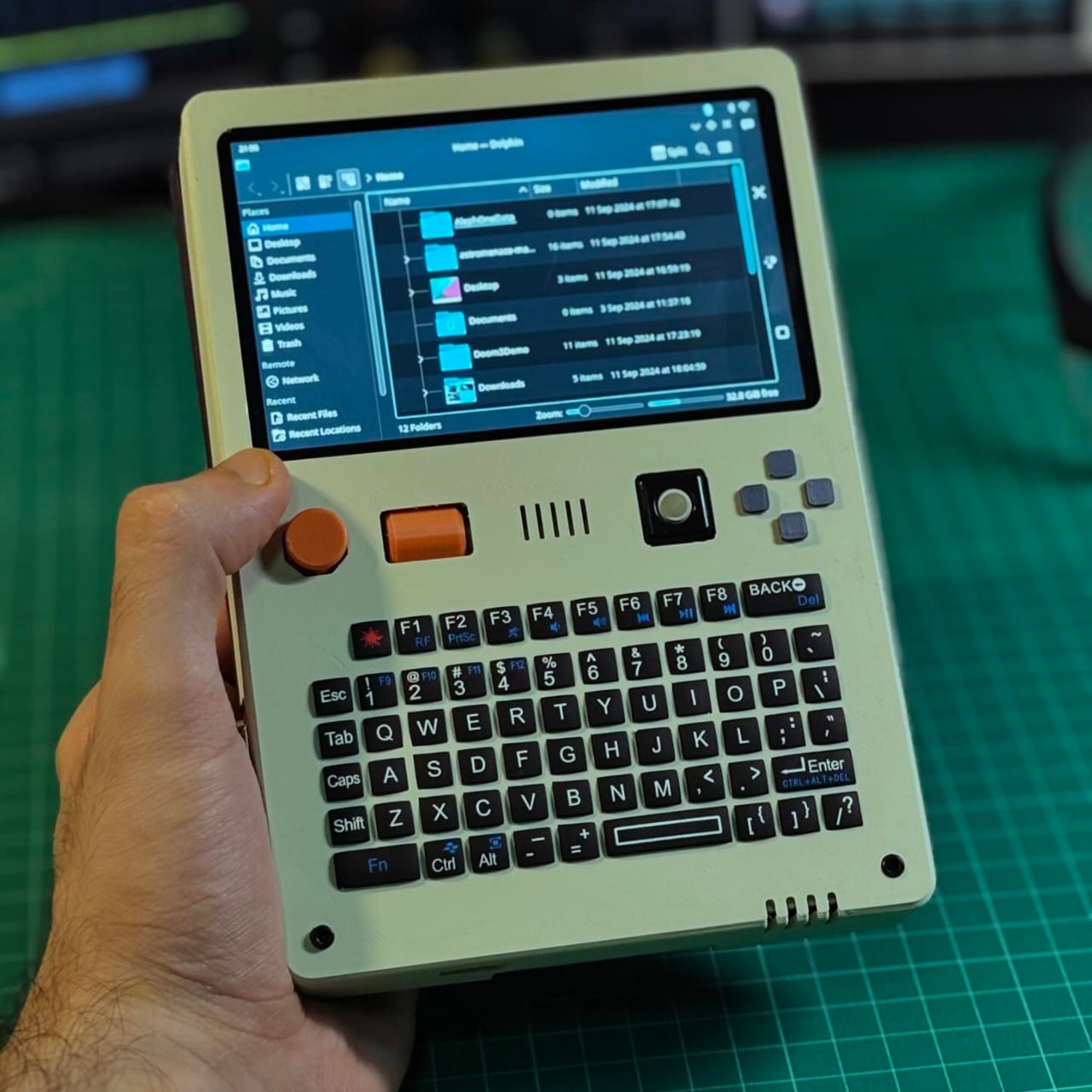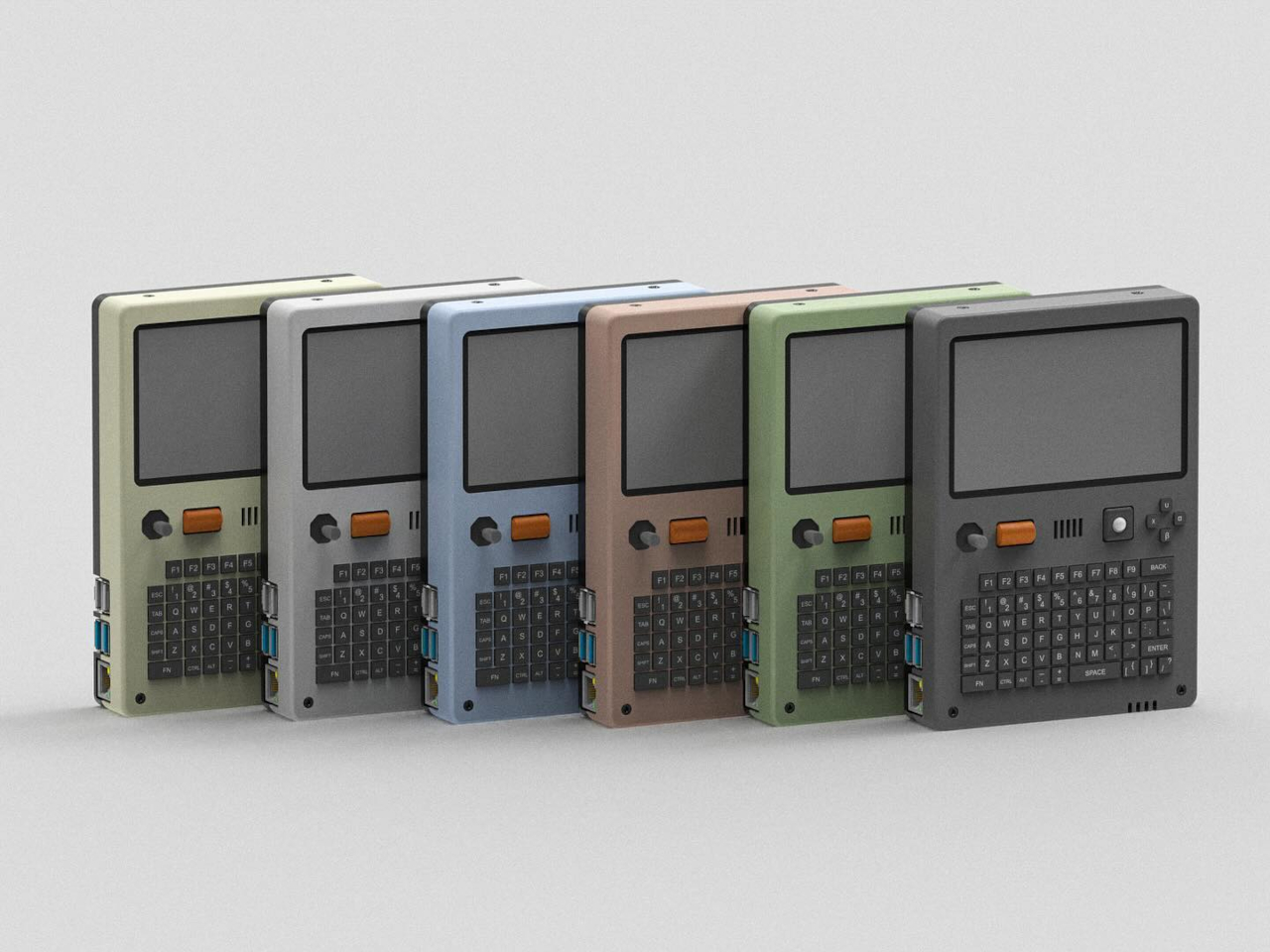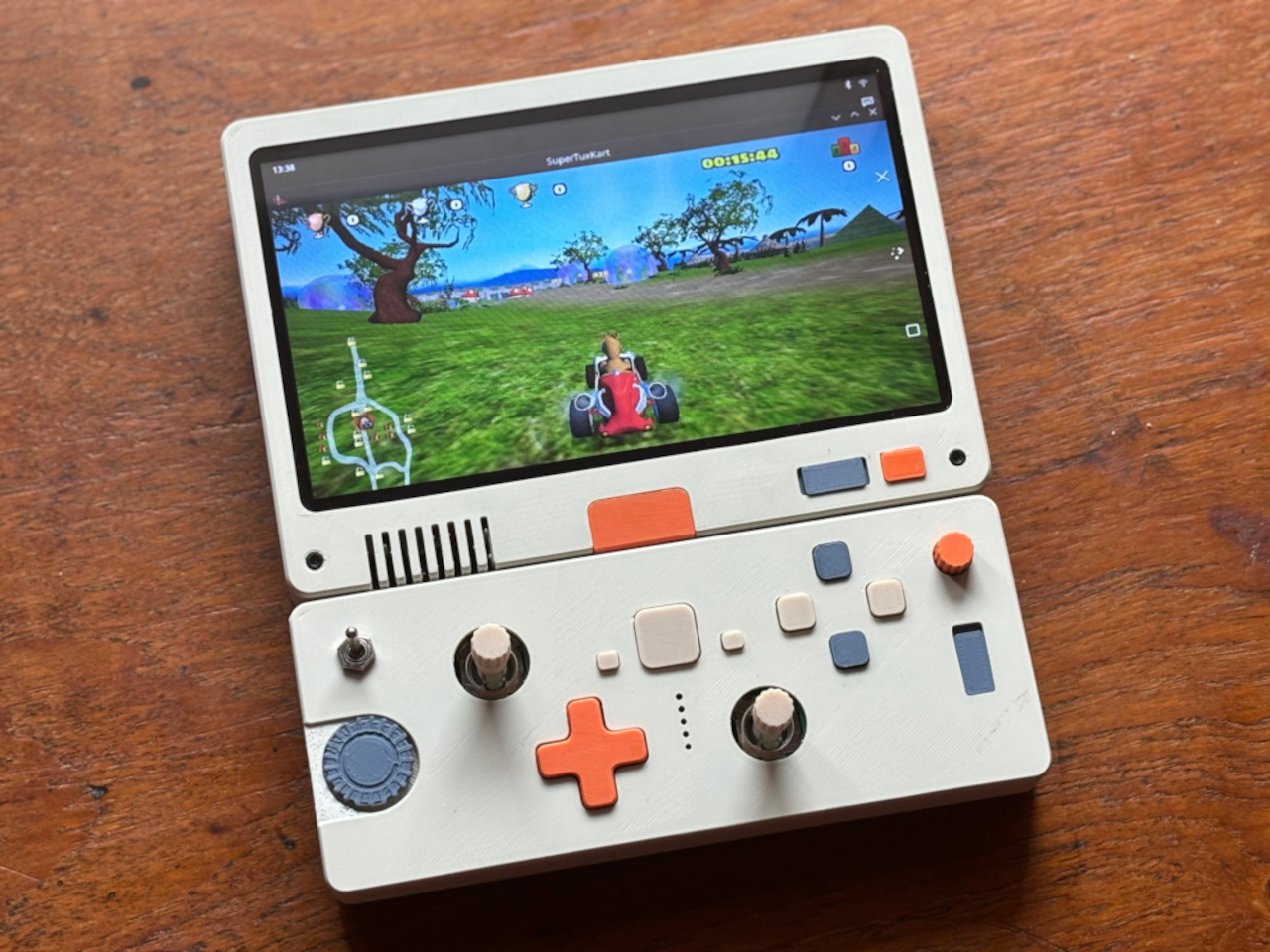Raspberry Pi 5 Case is more than just a cute homage to the Nintendo 64
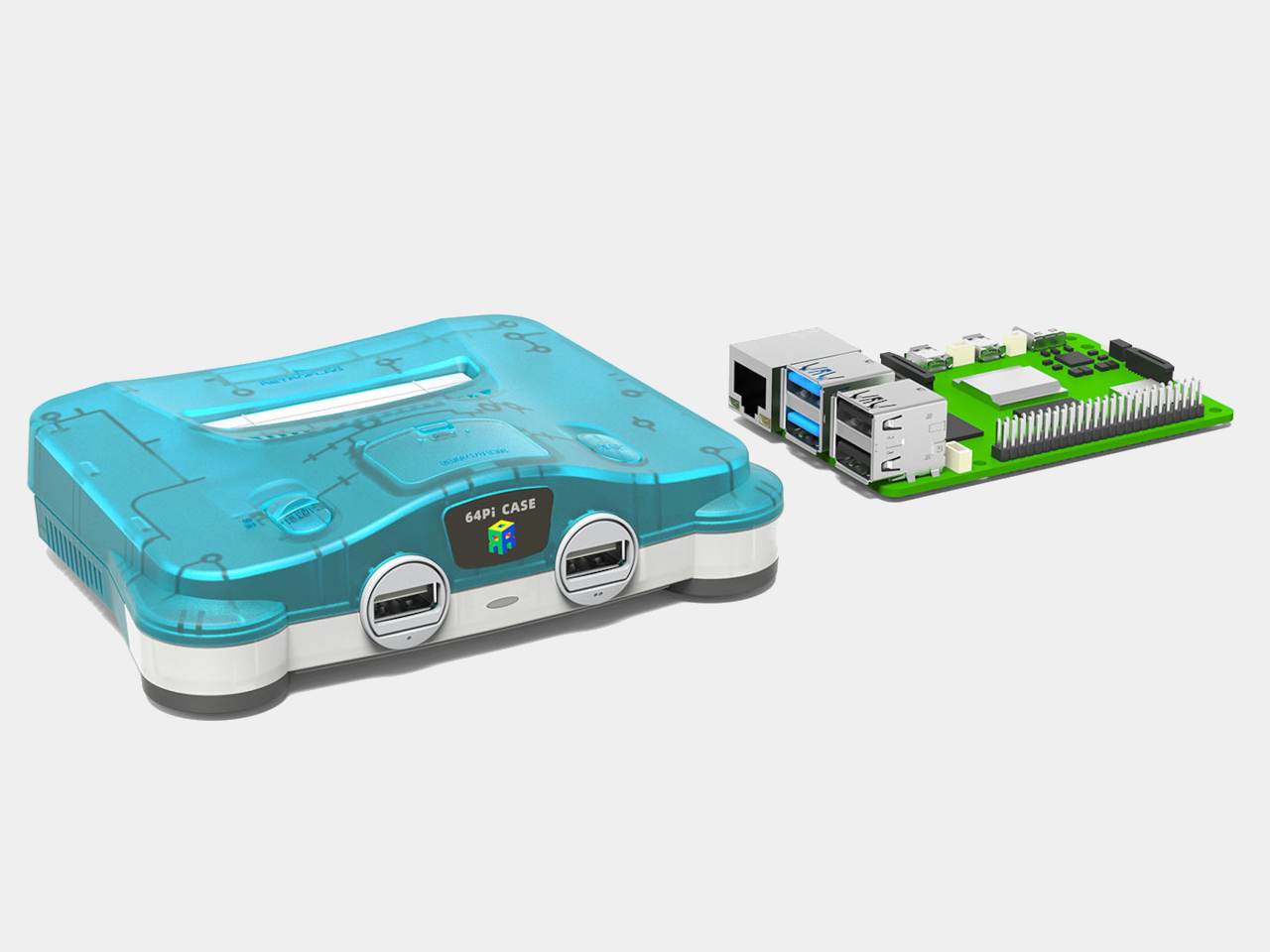
There is no shortage of “retro mini” consoles today that try to relive the glorious past of gaming. But while it’s definitely fun to walk down memory lane once in a while, many of these designs reveal the limitations of simply trying to repeat the past. Powerful as they might be, these devices are restricted to simply running a select number of games, not even the whole library of titles available to the original console they’re trying to imitate.
Conversely, you can always dress up some single-board computer or SBC such as the Raspberry Pi and get the same feeling but with a bit more flexibility. Despite looking like a tiny gaming console, you can use it for more than just playing around. That’s the experience that this Nintendo-inspired case tries to bring to the Raspberry Pi 5, but it thankfully does more than just put the small computer inside a candy-colored chassis.
Designer: RetroFlag
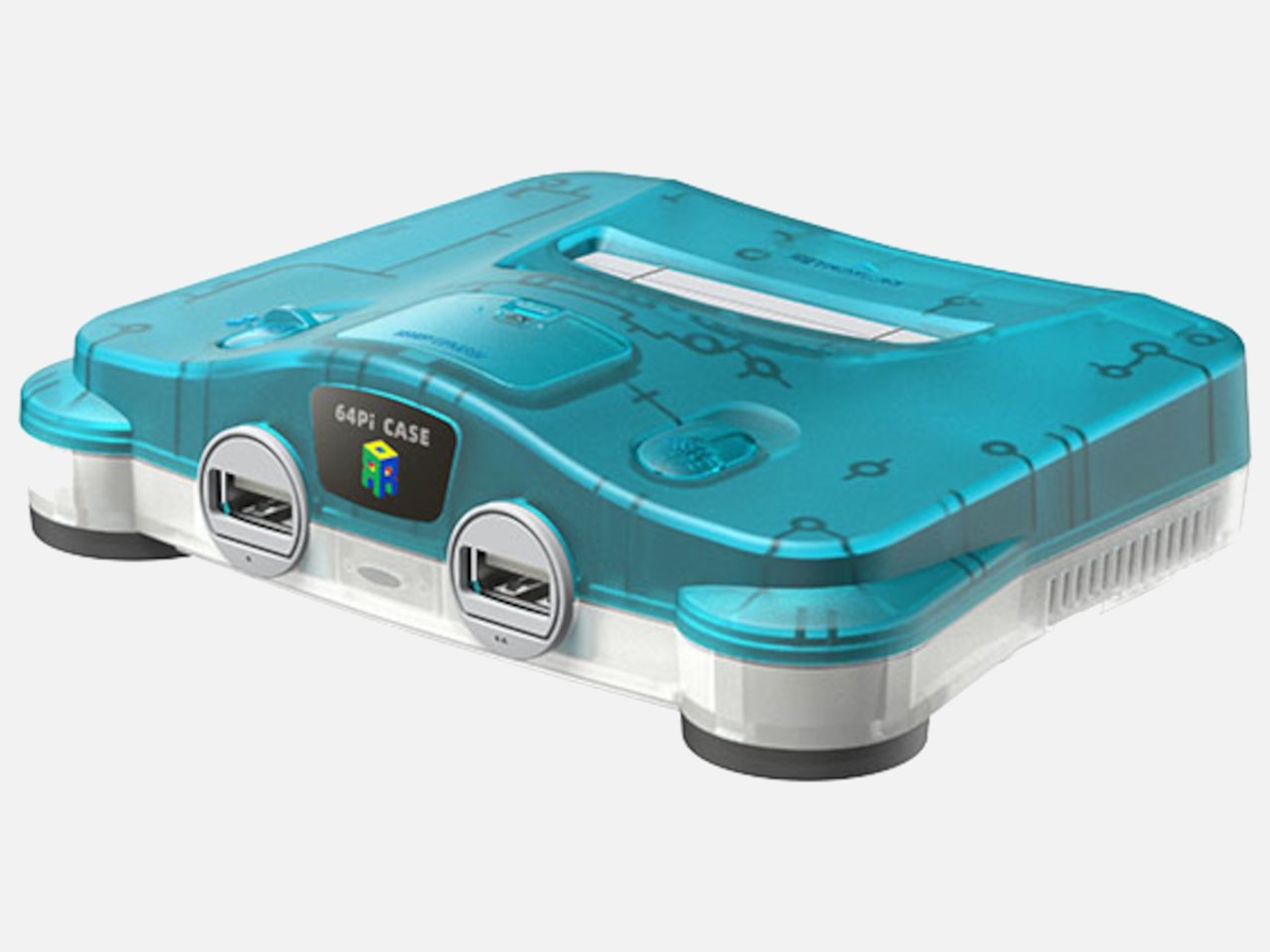
Although probably less loved than the quirky-looking GameCube that it followed, the Nintendo 64 still had a notable existence in video game history as the last major home console to use a cartridge when everyone was already moving to optical discs. It may also be one of the last to adopt rather odd shapes for both the console itself as well as its controller, going outside the boundaries of the simple box that would define home consoles for the next decade or so. It’s no surprise, then, that some people have had a fondness for the N64, and those might find comfort in this RPi recreation.
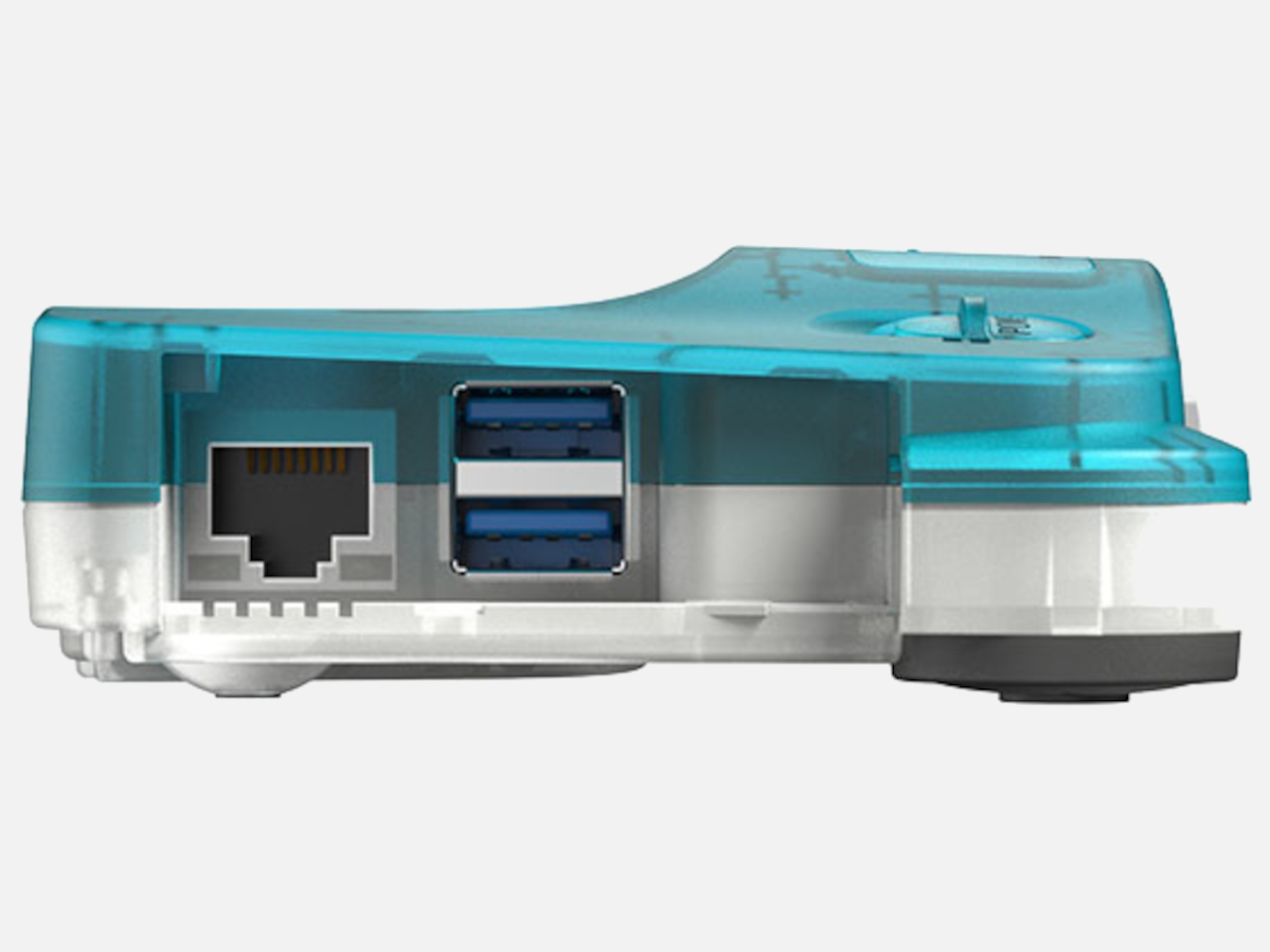
The 64Pi, as this case is so subtly named, mimics the general shape of the Nintendo 64 console, a low box with odd protruding circles on its front corners. But unlike the monochromatic color scheme of the larger originals, this case splits the design between a white bottom and a translucent turquoise top. This makes it look more like the candy-inspired iMac G3 that coincidentally launched around the N64’s lifetime. Given its diminutive size, this motif gives the 64Pi an even cuter appearance that really drives home the fact that it’s a machine meant for gaming.

It isn’t just a cover-up, though, and neither is it a simple Raspberry Pi case. It actually has a few features that go above and beyond trying to recreate a gaming console experience, such as routing two of the four USB ports to the front, right where the game controllers would normally connect. It also has special buttons for Power and Reset, the latter of which could be programmed to any action on the RPi. Finally, it also adds a heat sink and a cooling fan, just in case you really want to push the small computer’s capabilities to the limit.
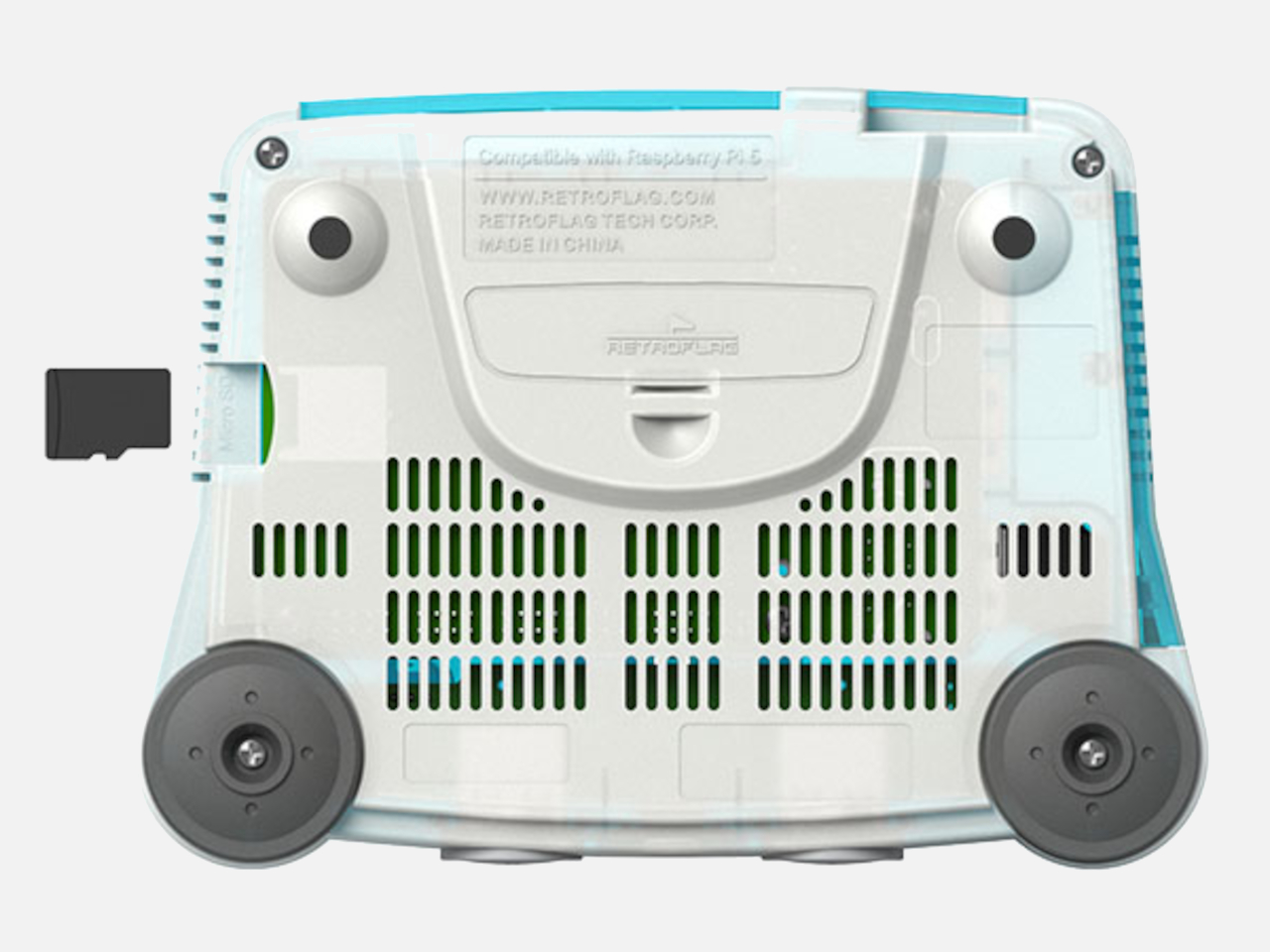
As adorable and as functional as the 64Pi case might be, it does have a raise a few concerns. The cramped space, for example, might not actually be good for both performance as well as the structural integrity of the board itself. It also makes the GPIO ports unreachable, which would have been a missed opportunity for implementing a cartridge-like system that would make the 64Pi even more flexible and desirable.
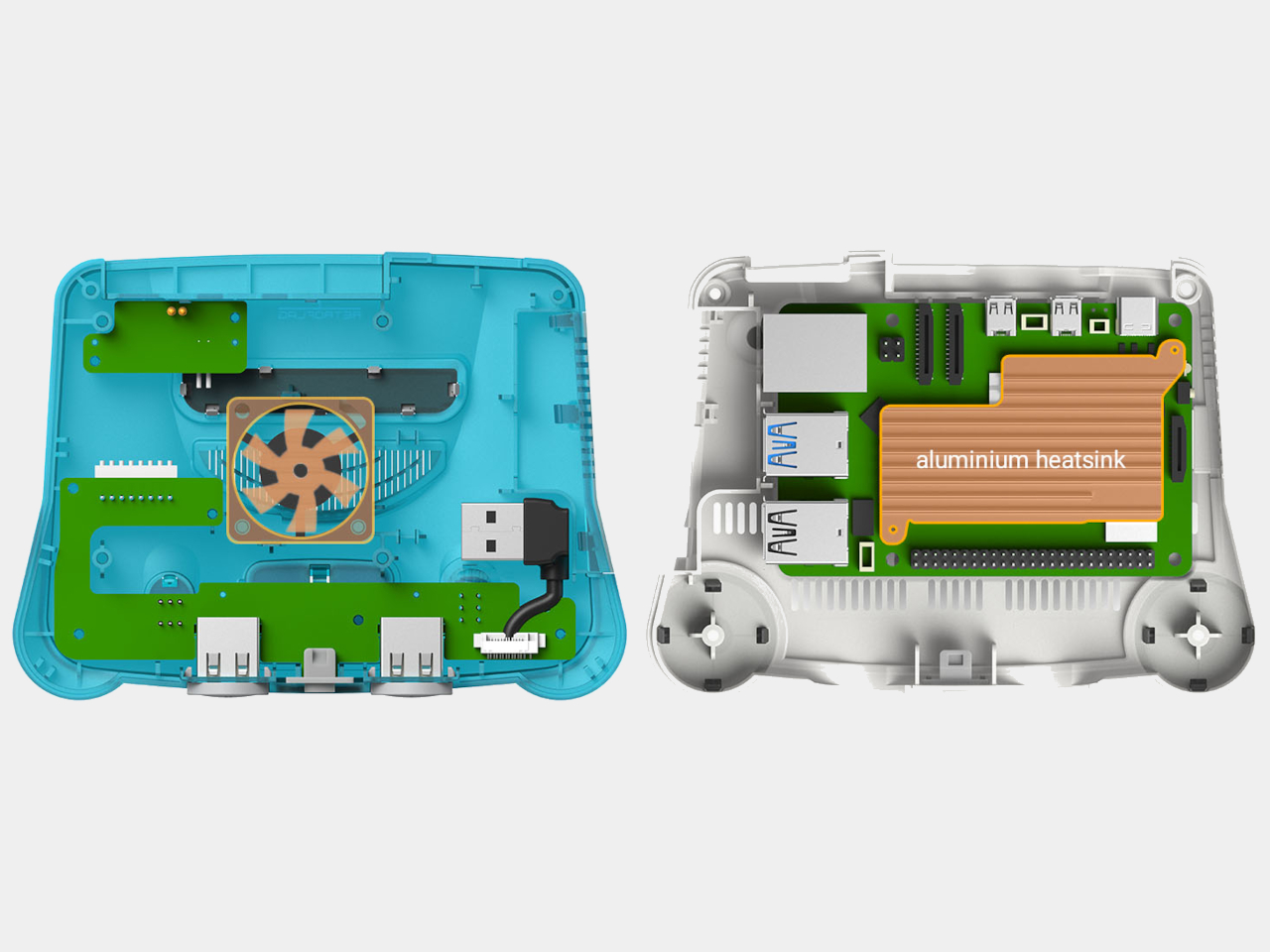
The post Raspberry Pi 5 Case is more than just a cute homage to the Nintendo 64 first appeared on Yanko Design.
